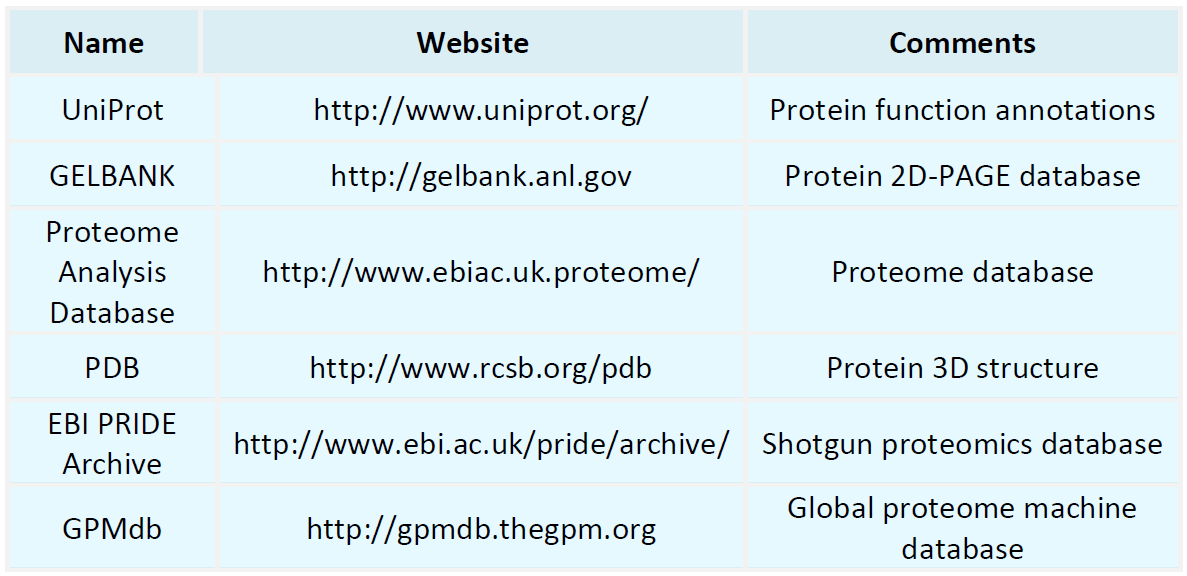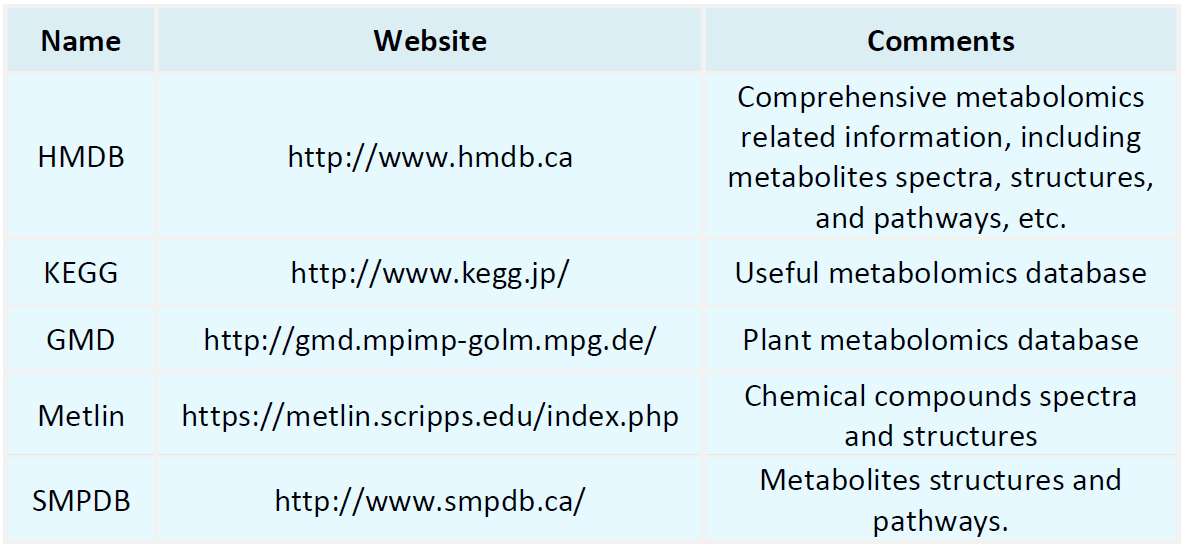Resources
Proteomics Databases

Metabolomics Databases

-
Alkylation proteomics is a specialized area of proteomics that focuses on the study of protein alkylation modifications. This field mainly utilizes high-resolution mass spectrometry to identify alkylation modification sites, patterns, and their biological functions. Alkylation modifications are covalent alterations where alkyl groups, such as methyl or ethyl, are introduced into the side chains or main chains of amino acids within proteins. This can impact protein structure, stability, interactions, a......
-
• Comprehensive Characterization of Protein-Protein Interactions Perturbed by Disease Mutations
The comprehensive characterization of protein-protein interactions perturbed by disease mutations is crucial for understanding disease pathogenesis, identifying potential therapeutic targets, and developing new treatments. Protein-protein interactions are fundamental to the biological functions in organisms, with nearly all life processes depending on the complex and precise interactions between proteins. However, mutations in genes, especially those associated with diseases, often disrupt these inter......
-
• Protein-Protein Interaction Services
Protein-Protein Interactions play a critical role in regulating physiological activities, biochemical reactions, and signal transduction processes within organisms. Protein-Protein Interaction Services enable researchers to identify, analyze, and comprehend the complexity of these interactions. By utilizing these services, scientists can predict potential biological roles, elucidate underlying mechanisms, and identify novel therapeutic targets. As such, Protein-Protein Interaction Services are widely ......
-
• Biosimilar Antibody Sequencing
Biosimilar antibody sequencing refers to the detailed analysis of the DNA and protein sequences of biosimilar antibodies. As the biopharmaceutical field continues to grow, antibody biologics are becoming increasingly important in treating various diseases. However, due to the high costs of development, complex clinical trials, and lengthy timeframes, the emergence of biosimilars provides a promising solution to reduce treatment costs and improve drug accessibility. The aim of biosimilar antibody seque......
-
Whole proteome analysis is a proteomics research approach based on mass spectrometry technology, designed to systematically examine the types, quantities, functions, and interactions of all proteins within biological organisms or cells. Unlike traditional targeted protein analysis, whole proteome analysis offers a comprehensive tool for understanding the functions and mechanisms of biological systems by identifying and quantifying all proteins in complex biological samples. This technique has broad ap......
-
• Autoantibody Biomarker Discovery
Autoantibody biomarker discovery is a multifaceted process that integrates various technical approaches, alongside stringent validation and mechanistic studies, to ensure the clinical relevance of the identified biomarkers. Detecting specific autoantibodies in the human body offers a valuable tool for diagnosing numerous diseases. Autoantibodies are produced by the immune system against the body’s own tissues during immune dysfunction. These antibodies serve as hallmark markers of autoimmune diseases,......
-
• 4 Steps of Edman Degradation
Edman degradation is a widely used method for determining the amino acid sequence of peptides and proteins. The 4 steps of Edman degradation involve: initial reaction, cyclization, cleavage, and repetitive cycles. In the first step, the N-terminal amino acid reacts with phenylisothiocyanate (PITC), forming a phenylthiocarbamyl derivative. During cyclization, under acidic conditions, a cyclic derivative (thiazolinone) is formed. In the cleavage step, the cyclic product is converted to phenylthiohydanto......
-
• Whole Protein Mass Spectrometry
Whole protein mass spectrometry is a mass spectrometry-based high-throughput proteomics technique designed to comprehensively analyze the protein composition, expression levels, post-translational modifications, and interactions within biological samples. In comparison with traditional protein detection techniques such as Western Blot or ELISA, whole protein mass spectrometry offers significant advantages, including unbiased, highly sensitive, and high-resolution analysis. It enables the identificatio......
-
Free amino acid analysis is primarily employed to detect and quantify the types and concentrations of free amino acids in various samples. Free amino acids are unbound within organisms and play crucial roles in processes such as protein synthesis, enzyme regulation, and signal transduction. Thus, analyzing free amino acids can illuminate an organism's metabolic state and support fields like disease diagnosis, nutrition research, and genetic engineering. In the food industry, for instance, free amino a......
-
Total amino acid analysis involves the comprehensive quantitative and qualitative assessment of all amino acids present in biological or chemical samples. By comparing retention times of sample amino acids to those of standards, the identity of amino acids can be established. A match in retention times indicates the presence of a specific amino acid in the sample. Quantification is achieved through standard curve methodology, where standard curves for each amino acid are constructed. By measuring the ......
How to order?







